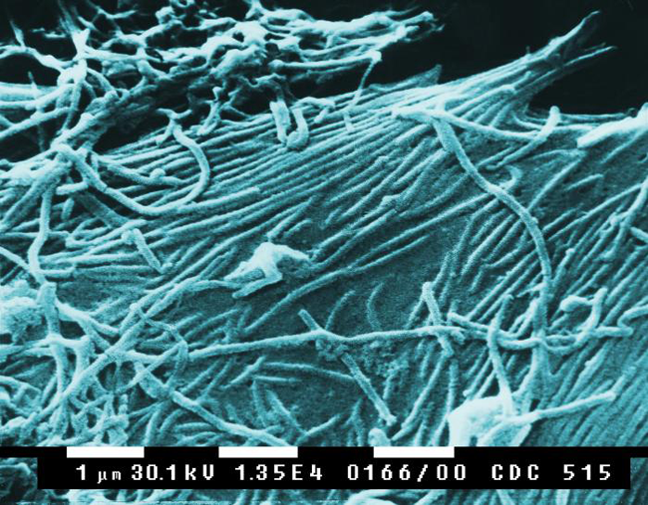Six human senses
I would like to share my immense happiness on the publication of research "Identification of sixth sense" and getting attention in other countries too.
Aristotle (390 BCE-350 BCE), the Greek philosopher has viewed that human has five senses-vision, smell, hearing, taste, and touch. In our current research project (2014-2018), we were able to draw that human has six senses.
(How to cite this article: Jobin, P., Siva, R., Sudha, R., & Hema, V.H. (2018). Intersensory Perception Model: Integrating the sixth sense in providing Nursing care. Manipal Journal of Nursing and Health Sciences, 4(1), 8-17.)
The paper defines the sense or sensing is an ability of a human being for identifying and interpreting the stimulus from the external environment through five sensory organs includes eye, nose, ear, tongue, and skin with six senses such as vision, smell, hearing, taste, touch, and auto-thermoception.
The sensing is categorized into three:
On sight sensing
It is an ability of a human being to see and interpret the surrounding environment in the visible light through the sensory organ called eyes and the response of the nervous system is known as ophthalmoception.
Abut sensing
The word 'abut' is the Anglo-Latin origin, which means 'touch'. It is an ability of the human being to identify and interpret the surrounding environment by making physical contact through sensory organs such as skin and tongue. The response of the nervous system through tongue is called as gustaoception (taste- for example, ability to interpret taste with the contact between tongue and food) and through the skin with the contact of items is called as thermoception (temperature- for instance, ability to differentiate the high and low temperature with the contact between skin and thermal conductor), nociception (pain - for instance, ability to respond to pain with the contact between skin and needle) and mechanoreception (vibration- for example, ability to identify the vibration with the contact between skin and vibrating material).
Remote sensing
Remote sensing is an ability of the human being to acquire and interpret the surrounding environment without making physical contact and out of sight through sensory organs such as ear, nose, and skin. The response of the nervous system through ear is known as audioception (hearing- for instance, the ability of the human ears to acquire the sound waves from the surrounding) and through nose is olfacception (smell- for instance, ability of the human nose to acquire the smell of the particles from the surrounding). The body is covered with skin, which is normally sensitive to heat and cold. The ability of the skin to identify the level of room temperature in the surrounding environment without touching called auto-thermoception.
The figure explains the three modalities of sensing and highlights five sensory organs and six senses.
I would like to share my immense happiness on the publication of research "Identification of sixth sense" and getting attention in other countries too.
Aristotle (390 BCE-350 BCE), the Greek philosopher has viewed that human has five senses-vision, smell, hearing, taste, and touch. In our current research project (2014-2018), we were able to draw that human has six senses.
(How to cite this article: Jobin, P., Siva, R., Sudha, R., & Hema, V.H. (2018). Intersensory Perception Model: Integrating the sixth sense in providing Nursing care. Manipal Journal of Nursing and Health Sciences, 4(1), 8-17.)
The paper defines the sense or sensing is an ability of a human being for identifying and interpreting the stimulus from the external environment through five sensory organs includes eye, nose, ear, tongue, and skin with six senses such as vision, smell, hearing, taste, touch, and auto-thermoception.
The sensing is categorized into three:
On sight sensing
It is an ability of a human being to see and interpret the surrounding environment in the visible light through the sensory organ called eyes and the response of the nervous system is known as ophthalmoception.
Abut sensing
The word 'abut' is the Anglo-Latin origin, which means 'touch'. It is an ability of the human being to identify and interpret the surrounding environment by making physical contact through sensory organs such as skin and tongue. The response of the nervous system through tongue is called as gustaoception (taste- for example, ability to interpret taste with the contact between tongue and food) and through the skin with the contact of items is called as thermoception (temperature- for instance, ability to differentiate the high and low temperature with the contact between skin and thermal conductor), nociception (pain - for instance, ability to respond to pain with the contact between skin and needle) and mechanoreception (vibration- for example, ability to identify the vibration with the contact between skin and vibrating material).
Remote sensing
Remote sensing is an ability of the human being to acquire and interpret the surrounding environment without making physical contact and out of sight through sensory organs such as ear, nose, and skin. The response of the nervous system through ear is known as audioception (hearing- for instance, the ability of the human ears to acquire the sound waves from the surrounding) and through nose is olfacception (smell- for instance, ability of the human nose to acquire the smell of the particles from the surrounding). The body is covered with skin, which is normally sensitive to heat and cold. The ability of the skin to identify the level of room temperature in the surrounding environment without touching called auto-thermoception.
The figure explains the three modalities of sensing and highlights five sensory organs and six senses.


















